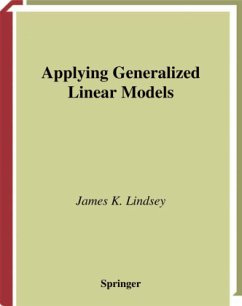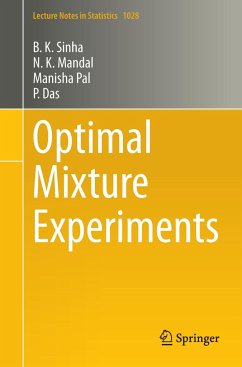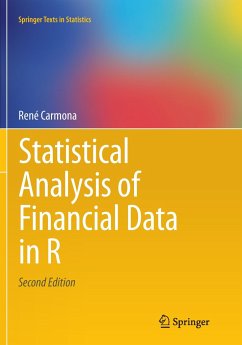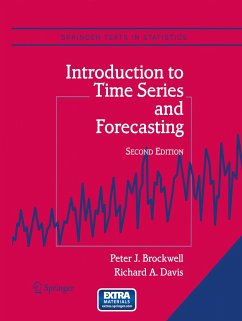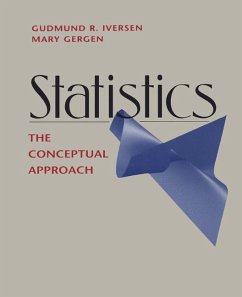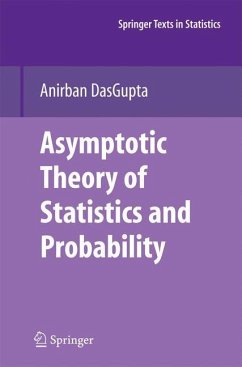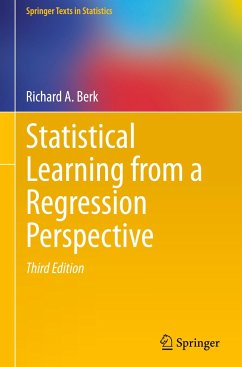
Design and Analysis of Experiments

PAYBACK Punkte
20 °P sammeln!
Our initial motivation for writing this book was the observation from various students that the subject of design and analysis of experiments can seem like "a bunch of miscellaneous topics. "Webelievethattheidenti?cationoftheobjectivesoftheexperimentandthepractical considerations governing the design form the heart of the subject matter and serve as the link between the various analytical techniques. We also believe that learning about design and analysis of experiments is best achieved by the planning, running, and analyzing of a simple experiment. With these considerations in mind, we have i...
Our initial motivation for writing this book was the observation from various students that the subject of design and analysis of experiments can seem like "a bunch of miscellaneous topics. "Webelievethattheidenti?cationoftheobjectivesoftheexperimentandthepractical considerations governing the design form the heart of the subject matter and serve as the link between the various analytical techniques. We also believe that learning about design and analysis of experiments is best achieved by the planning, running, and analyzing of a simple experiment. With these considerations in mind, we have included throughout the book the details of the planning stage of several experiments that were run in the course of teaching our classes. The experiments were run by students in statistics and the applied sciences and are suf?ciently simple that it is possible to discuss the planning of the entire experiment in a few pages, and the procedures can be reproduced by readers of the book. In eachof these experiments, we had access to the investigators' actual report, including the dif?culties they came across and how they decided on the treatment factors, the needed number of observations, and the layout of the design. In the later chapters, we have included details of a number of published experiments. The outlines of many other student and published experiments appear as exercises at the ends of the chapters. Complementing the practical aspects of the design are the statistical aspects of the anal ysis. We have developed the theory of estimable functions and analysis of variance with somecare,butatalowmathematicallevel.





